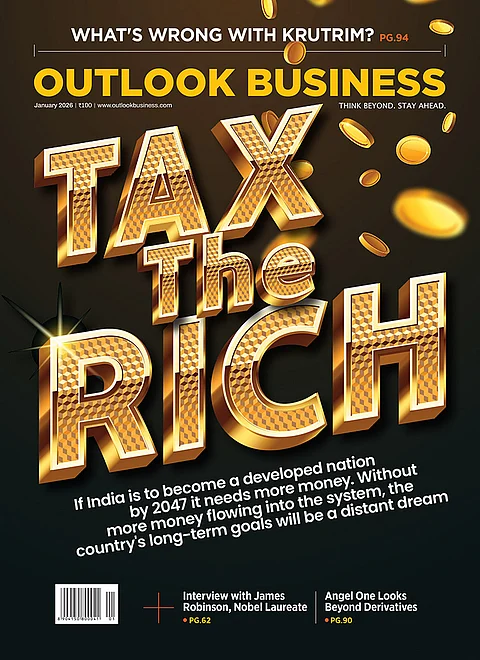Almost the whole of the global economy is in flux. Wars are being fought in Europe and West Asia, millions are being displaced in Sudan, Bangladesh ousted an elected leader months ago and the United States has re-elected a leader whose policy priorities are clearly uncertain. Amid these tensions and rising inflation risks, one entity is standing certain—the Reserve Bank of India (RBI).
The framers of monetary policy for the fifth-largest economy in the world are taking a stand by not running with the trend among central banks to cut repo rates at a moment of global economic instability. The European Central Bank (ECB) slashed rates in June, as did the Central Bank of Canada. The US Federal Reserve (Fed) slashed rates by 50 basis points in September (and then again by 25 basis points in November).
Historically, the RBI has followed the Fed, slashing and raising rates in tandem with the American central bank. Not this time. In September, when the Fed slashed rates, everyone expected the RBI to follow suit. It did not. Governor Shaktikanta Das has stood firm. He said there are significant inflation risks and the central bank wants inflation to settle at around 4% before easing rates.
True to Target
Inflation in India has been hard to beat on account of high food prices. In September 2024, inflation in the country reached a nine-month high of 5.49% driven by high vegetable prices. And even in this scenario, the RBI did not risk a rate cut. Not even after suggestions were floated by the Union Ministry of Finance asking the central bank to decide on monetary policy sans food inflation.
Even the Economic Survey released in July suggested that India should stop accounting for food prices in its inflation measure. But Das and the RBI have a different view. The governor said that a move to slash interest rates right now would be “very, very risky”.
Bringing inflation to the target rate has been a priority for the MPC once economic activity gathered momentum after the pandemic. Shashanka Bhide, Former RBI-MPC member
“Bringing inflation to the target rate has been a priority for the monetary policy committee [MPC] once economic activity gathered momentum after the decline during the Covid-19 pandemic. It has been important to anchor inflation expectations closer to the policy target and monetary policy actions need to focus on this,” says Shashanka Bhide, a former member of RBI’s MPC.
The RBI’s firm stance has faced questions. After all, almost all advanced economies, including the UK, New Zealand, Canada and the US have slashed rates. As have Asian economies like South Korea, Thailand and Indonesia. Amid this peer pressure, Das has said he is in no hurry to join the wave of easing. “We will not miss the party, we don’t want to join any party,” he was heard saying at a recent gathering.
Mantra: Make No Mistake
One can assume that the Indian central bank has refused to budge because the eurozone, Canada and the US have very different inflation targets and vulnerabilities as well as distinct policy mandates than India. Additionally, the RBI probably doesn’t think that there are downsides to not following the trend in advanced economies.
“The reduction in policy rates in a few countries appears to be in the context of progress made in achieving inflation-reduction goals. We are still far from reaching our goals and interruptions in progress are frequent. Overall, I believe that in the recent phase of restrictive monetary policy, supply-side triggers for inflation are prominent,” adds former MPC member Bhide.
After the Fed’s rate cut in September, 10 countries followed with rate cuts. But 11 others, including India, have just taken or maintained a pause. Meanwhile, Japan, going through a recession, decided to hike rates. The RBI’s MPC members cited this variation in their latest meeting, saying that the varying monetary policy responses reflect growing divergence in the inflation-growth dynamics across countries.
“Those who have begun their policy pivot by rate cuts can be categorised into three types—those facing a sharp slowdown in their economies—the UK, the European Union and South Korea, those that had very restrictive policies—the US, Canada, Norway and Iceland, and those that started hiking very early in 2021 like Brazil, Hungary, Colombia and Chile. India does not fall in any of these categories,” said Rajiv Ranjan, a member of the MPC, at the last meeting.
The RBI’s decision to not follow the trend and not bend to government pressure may be right or wrong, but its decision to stay true to its analysis despite the risk of censure is evidence of its strong institutional roots. Irrespective of how the RBI decides in subsequent months, its ability to stay true to its analysis of the economy makes it a changemaker in 2024.












